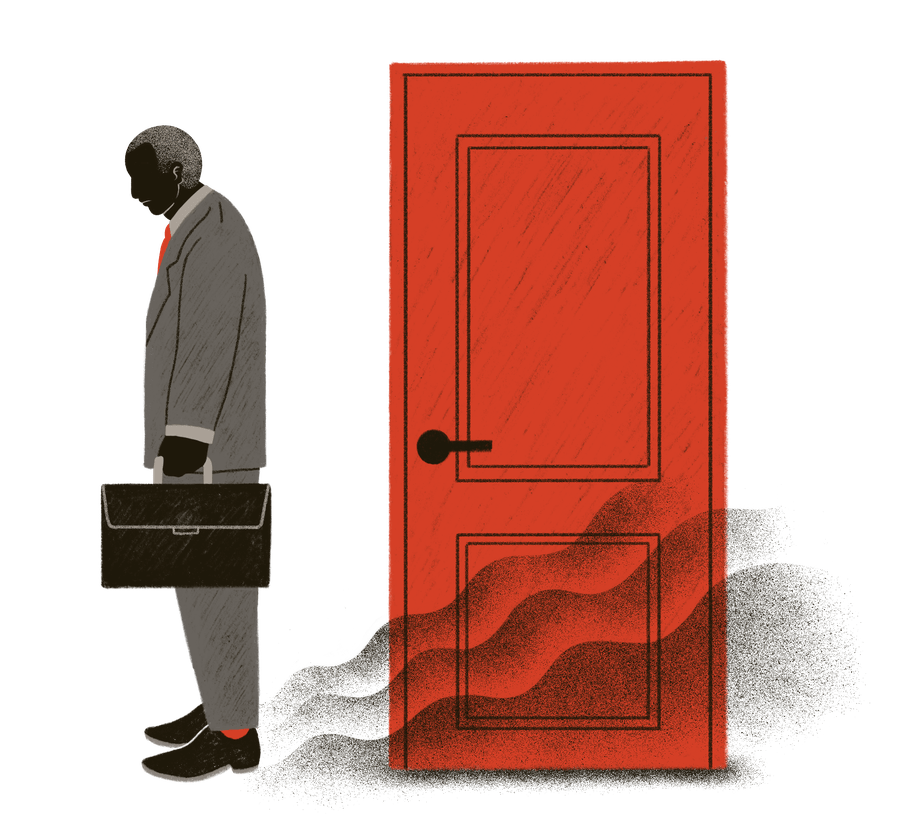Starbucks is no stranger to race issues. In 2018, the coffee chain found itself in the media spotlight after video footage emerged of two black men being arrested in one of its coffee shops in Philadelphia. Their crime was sitting at a table without making a purchase.
After protests, the company announced that more than 8,000 stores across the country would close so that all Starbucks baristas could receive racial bias training. The decision cost an estimated US$16.7m in lost sales, but what if it’s really the people at head office who needed the education?
Following the brutal public murder of George Floyd and the outrage that spilled onto the streets across the world, a decades-old trend once again became visible. While the response from political leaders often seems ineffective at best, or in denial at worst, a show of moral leadership seemed to come instead from the private sector.
Brands from Nike to Twitter issued bold statements of solidarity and by the start of June, corporations had pledged US$1.7bn to racial and social justice causes.
Starbucks was among those corporations giving money and posting tweets to claim a place on the right side of history. Yet a leaked internal memo revealed that its staff were banned from wearing accessories or clothes displaying messages in support of the Black Lives Matter movement. Doing so could “amplify divisiveness”, stated the company memo.
This policy was later reversed. But such an embarrassing flip flop from the global brand, headquartered in Seattle, only goes to prove an evident truth. While it’s great that corporates show support for organisations doing anti-racism work (many could do with public acclaim and an injection of funds), it’s always easier to give money or to say the right things than to implement real change.
Now, the mood seems to be that nothing less than structural reforms will do. For corporates, that means taking a fresh look at hiring practices and the representation of people of colour at board level. Anything less is just a public relations exercise.

The battle for the boardroom
Diversity in leadership is futile unless those individuals are given the influence and the power to implement change. It’s a scenario I’ve witnessed up close: my mother was appointed as the head of race and diversity of London’s Metropolitan Police Authority, only to end up taking them to court over racial and sexual discrimination.
More than a decade later, the lawsuits keep coming. One recent high-profile case for unspecified financial damages, brought by Marilyn Booker, formerly the sole black female managing director in Morgan Stanley’s wealth management division at the bank’s New York head office, includes a claim alleging unequal pay on behalf of more than 40 female African American employees.
“Morgan Stanley has had decades to get its house in order and improve its record on diversity and inclusion,” said Booker’s lawyer, Jeanne M Christensen. “No more excuses. The numbers speak for themselves and Morgan Stanley must be held accountable for looking the other way.”
The bank’s latest diversity report showed that just 2.2% of Morgan Stanley’s most senior executives in the US were black or African American, the second lowest figure for any of the big five US banks.
First, get out of your own way
Any number of studies and white papers have been written to explain why diversity and inclusion is important, but corporations are still largely failing to convert well-meaning words into meaningful actions. In a recent interview, Bozoma St John, who currently works as chief marketing officer at William Morris Endeavour, a talent agency, addressed these obstacles at both the human and business level.

Back in 2017, St John was appointed chief brand officer at Uber, in the wake of headline news reports of sexual harassment, mismanagement and a toxic culture at the company. St John, who was born in the US to Ghanaian parents, has spoken of her desire to change this challenging environment, especially for women and for people of colour. What she discovered at the firm was “a lot of people who had a desire to do better, honestly, but couldn’t get out of their own way”.
Recognition that the status quo is untenable extends beyond the corporate world to publishing and the arts, both historically slow to embrace change. Holland Cotter, New York Times co-chief art critic, penned an inspiring list of actions to move museums and cultural institutions from passive support for racial equity to concrete action. Restructuring from within comes top of the list: “Recruit non-white trustees, artists included. Hire non-white curators . Strengthen ties with the communities of colour around you, and listen to what they tell you they need,” he writes.
That prophecy, re-created from the Bible in song by a slave, is upon us: God gave Noah the rainbow sign, No more water, the fire next time! – James Baldwin
Any manifesto for deep cultural change is easier said than done, as Rob Berkeley knows. Drawing on his 10 years of experience running the Runneymeade Trust, the UK’s leading independent race equality thinktank, Berkeley offers a dose of realism: “There have been a series of attempts at corporate benchmarking - the gender, disability, sexual orientation ones have stuck while the race/ethnicity ones haven’t (go figure),” he wrote to me by email.
Despite this challenge, a new generation of initiatives suggests a shift in approach.
On 1 June, The Equity Index launched a new index to monitor and track multiple dimensions of equity, including race, in the internal and external workings of the UK’s international development organisations. The hope is that more transparency will lead to meaningful change in policies, practices and the partnerships on which many aid agencies depend to implement projects.
In a very different sector, professionals in an industry infamous for its lack of diversity published The Wellness Industry Charter for Racial Diversity, Inclusion and Access. This aims to tackle three diversity challenges within the UK wellness industry: health inequality, lack of access, and under-representation faced by black and minority groups.
The charter asks wellness brands to commit to tackling these issues, and provides a roadmap for businesses founded on five pillars: education, corporate diversity, representation, access and fair pay.
Sarah Greenidge, who came up with the idea, says: “Over the last few weeks, we have seen many brands make a commitment to tackle the lack of diversity in the wellness industry. While we applaud this first step, for there to be real change we need an industry-wide, unified approach to raise the standard across the sector and we need to see ongoing action. We hope the charter provides a clearer idea of what action to take, for organisations that are in support of change but not sure what their next move is.”

How many next times?
No industry in the west is exempt from the need to tackle racism. In his 1967 book The Fire Next Time, on the struggle for racial equality in the civil rights era, James Baldwin issued a warning: “If we do not now dare everything, the fulfilment of that prophecy, re-created from the Bible in song by a slave, is upon us: God gave Noah the rainbow sign. No more water, the fire next time!”
Today, conversations that begin and end with statements about a desire to learn more and “be better” will continue to fuel outrage. It is perhaps the pinnacle of indefensible privilege to operate in an environment where action against injustice can – still – be considered as optional. Half a century on, James Baldwin’s cautionary question is still current: how many next times will it take?
Dig deeper
 The unthinkable has become reality. How can we build back better?
According to my nine-year-old son, our family’s present predicament (on lockdown in a pleasant UK suburb) is entirely my fault.. Because I failed to follow his advice, a few years ago, to build a bunker close to a freshwater source.
The unthinkable has become reality. How can we build back better?
According to my nine-year-old son, our family’s present predicament (on lockdown in a pleasant UK suburb) is entirely my fault.. Because I failed to follow his advice, a few years ago, to build a bunker close to a freshwater source.
 Truth be sold: how truth became a product
In premodern times, truth offered hope of redemption in the afterlife. As modern society emerged, truth brought us hope of a better world for our descendants. In the postmodern era, truth freed us from false authorities and pretentious ideologies. But what does our own truth still aspire to achieve, other than the infinite satisfaction of our needs?
Truth be sold: how truth became a product
In premodern times, truth offered hope of redemption in the afterlife. As modern society emerged, truth brought us hope of a better world for our descendants. In the postmodern era, truth freed us from false authorities and pretentious ideologies. But what does our own truth still aspire to achieve, other than the infinite satisfaction of our needs?


